Cardboard Recycling: An Essential Practice for Sustainability
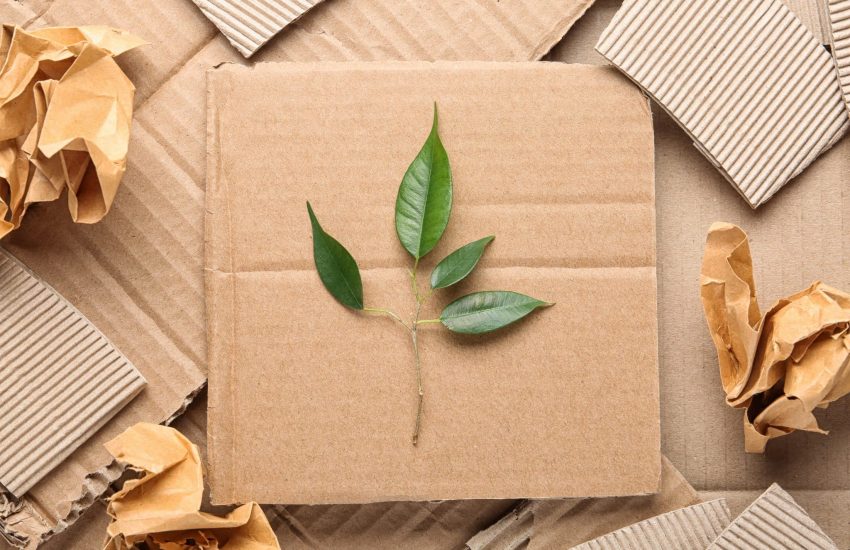
Cardboard is one of the most widely used packaging materials, coming in various shapes and sizes. Due to its popularity, cardboard recycling plays a crucial role in reducing deforestation and saving resources. The recycling process transforms used cardboard into new products, thus contributing to responsible waste management.
Benefits of Cardboard Recycling
Reducing waste: Recycling cardboard limits the amount of material sent to landfill, saving space and reducing pollution.
Forest conservation: Using recycled cardboard reduces the need to cut down trees for wood fiber.
Saving energy: Making recycled cardboard products requires less energy than processing new fiber.
Steps in the Cardboard Recycling Process
Collecting: Cardboard is collected from recycling centers, households and institutions.
Sorting: Separate corrugated cardboard from thin cardboard or cardboard coated with other materials.
Grinding: The cardboard is shredded and mixed with water to create a fibrous pulp.
Removing contaminants: Impurities such as staples and adhesives are removed.
Reform into new products: Cardboard pulp is pressed, dried and made into new boxes, packaging or other paper products.
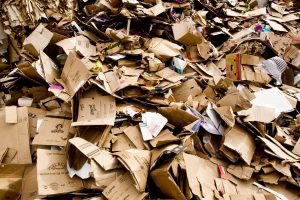
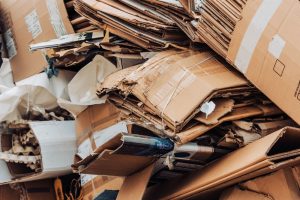
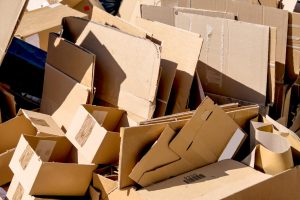
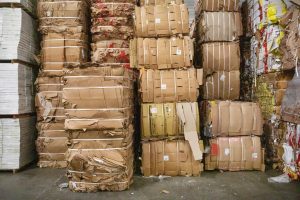
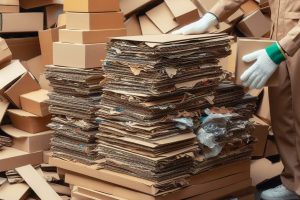
Finplast - Sustainable solutions for cardboard packaging recycling
Finplast offers efficient solutions for the collection and recycling of cardboard packaging, an essential material in various industries. By working with us, you will help reduce waste, save natural resources and promote a sustainable recycling cycle. In addition, you will enhance the image of your company by actively engaging in environmental protection and compliance with environmental regulations.
Together we can create a positive environmental impact! Contact us to start a collaboration that supports sustainability.
